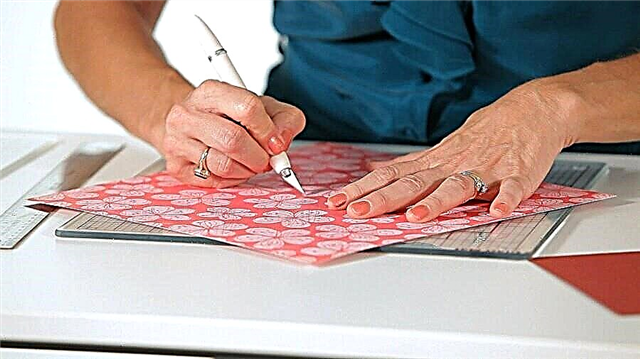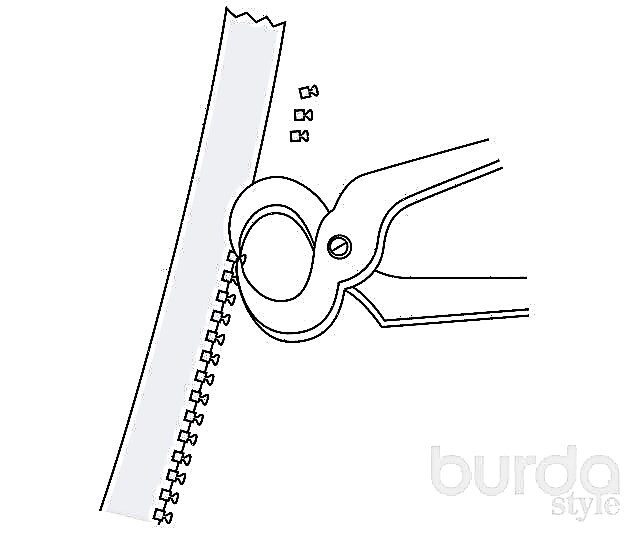Share
Pin
Tweet
Send
Share
Send
The quality of the hem of the bottom of the product affects the overall impression of the entire product. Consider some types of hem.
The width of the hem is chosen depending on the width of the skirt. If the silhouette is even, then you can leave 4-5 cm on the hem. The hem on the flared skirt should be no wider than 2.5 cm, otherwise you will not be able to cope with the excess assemblies that form on the rounded sections. On a wide skirt, a skirt-sun, a narrow hem is 0.5-1.5 cm.Glued hem

This is the easiest and fastest way to process the bottom of the product with hem. To overcast allowances for a bottom hem, to sweep on the wrong side and to iron. Delete the note. Under the hem allowance, lay the adhesive tape (buy at the Burda store) so that it does not go beyond the hem. Iron. Important: at very high temperatures, molten glue may protrude on the front side. This method of processing the bottom of the product is not suitable for thin and delicate fabrics.
Stitching
The bottom of the product can also be hemmed by car. Trim the bottom of the product, sweep and iron on the backing (buy at the Burda store) the hem allowance on the wrong side and lay the machine line. You can also double-bend without wrapping the bottom cut. The machine line is visible on the front side, so this method is best suited for hemming the bottom on a cover / lining, children's clothing. On the upper skirt you can lay a decorative stitch.For a wide fluffy skirt over the hem from the wrong side, you can sew on the side braid, this will give the bottom of the skirt elasticity and weight.Secret hem
So that the lower edge of the coat, jacket, dress looked neat and tidy, you can hem it by hand or on the machine with hidden stitches. To do this, unscrew the upper section of the hem allowance 1 cm outward and sew along this inner edge with un-drawn, hidden hand stitches, grabbing one thread of fabric so that no stitches are visible on the front side.A special presser foot is used for machine stitching. The instructions for the sewing machine and presser foot should include a detailed description of the operation.



Unscrew the edge of the hem and sew along the allowance for the hem of the bottom. The stitch must be adjusted so that the needle of the machine captures no more than one thread of fabric. No stitches should be visible from the front.
Bottom turning
For a skirt made of dense satin or fabric with metal sequins, with a curly / rounded lower cut, it is more convenient to grind the bottom, since the usual hem will turn out to be too massive and rough. For trimming, you can take the finished braid or cut the slanting inlays yourself. Stitch the oblique inlay on the front side along the bottom line of the product, unscrew and iron the inlay on the wrong side, and hem its edges with loose, invisible hand stitches.Fake hem


This method of processing the bottom of the product is used with insufficient allowance for the bottom of the product. On the front side sew a braid,for beauty and elegance, you can use lace (not stiff! remember that stiff lace can cling to nylon pantyhose), unscrew, iron on the wrong side and sew the braid from the front side along its edge or sew it by hand from the wrong side.
Bending on rounded sections of the product
To gently perform bending on rounded, for example, side sections, it is necessary to lay the stitch along the allowance, do not tighten the thread strongly, evenly distributing the assemblies. The allowance is wrapped in, on the wrong side. Do not overtighten! Iron on a cardboard template (suitable for candy boxes). Schedule a hem on the bottom and sew decorative stitching on the machine, or sew manually with hidden unstretched stitches. Iron.


Whatever method of processing the bottom of the product you choose, remember that accuracy is the key to a good result. Good luck
Share
Pin
Tweet
Send
Share
Send



